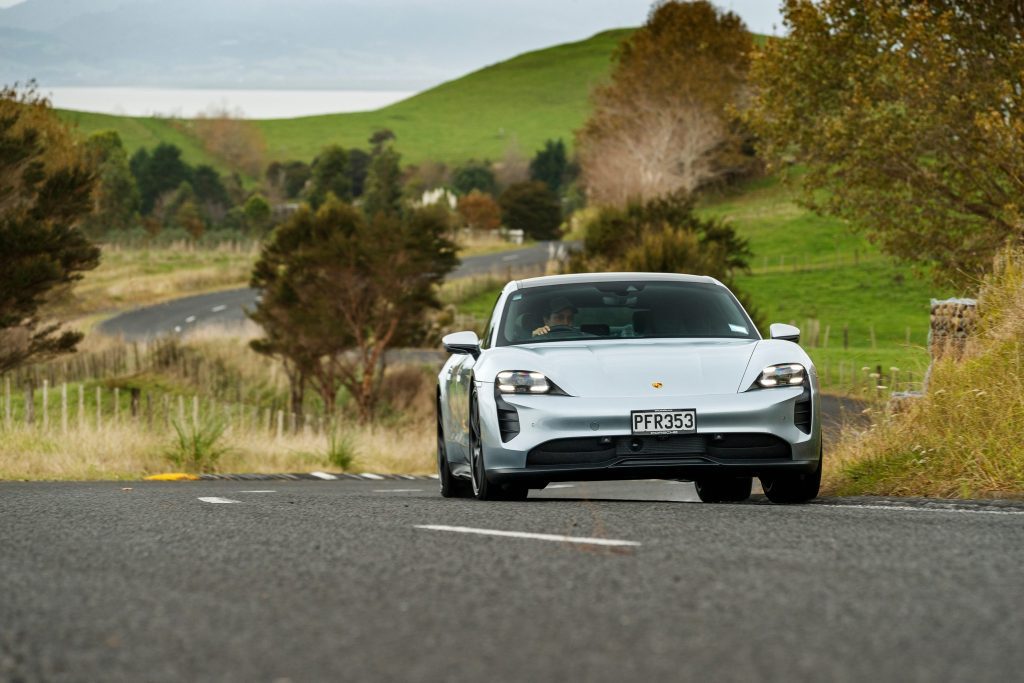2022 Porsche Taycan GTS review
Porsche has given the GTS treatment to its all-electric Taycan. Does it result in the usual magic?

Porsche has given the GTS treatment to its all-electric Taycan. Does it result in the usual magic for models brandishing this three-letter badge?
When we had the Carrera GTS last month, we pulled onto the motorway on-ramp, and alongside there was another Porsche. We gapped it but being damp under the treads the traction control felt obliged to intervene. Meanwhile that other Porsche, of the electric kind, was simply gone. This month, we’re in an electric GTS and we can see why the 911 was so easily bested. The Porsche Taycan sure is something.
There’s a range of cables supplied, including the (rather bulky) trickle charger which, when we plugged it in, suggested it would take 38hrs to recharge (12hrs at 8A took us from 13 to 31 per cent). Probably why you should buy a wallbox which, with the 11kW on-board charger, can fill a dead battery in nine hours. And there’s the option to upgrade to a 22kW on-board charger for faster AC top ups. Servicing this Porsche shouldn’t be as savage on the bank account with two-year, 30,000km intervals.
So this then is a contender for the ultimate modern sportscar. It is semi-practical too but closer in concept to a sports car than a big four-door sedan. Those now too accustomed to their SUVs should best wait for the electric Macan. But otherwise, this thing is grand, even at the sky high asking price.
| Model | Porsche Taycan GTS |
| Price | $255,800 |
| Clean Car Discount | Neutral $0 |
| Motor | dual, 440kW/850Nm |
| Battery | 83.7kWh net |
| Range | 439km (WLTP) |
| Drivetrain | two-speed auto, e-AWD |
| Energy Use | 25.9kWh/100km |
| C02 Output | 0g/km |
| 0-100km/h | 3.62sec |
| 80-120km/h | 1.98sec (55m) |
| 100-0km/h | 34.45m |
| Stability systems | ABS, ESP, TV |
| Safety | AEB, ACC, BSM, LDW, RCTA, ALK, AHB |
| Luggage capacity | f-84L, r-366L |
| Tow rating | not rated to tow |
| Service intervals | 24 months, 30,000km |
| Warranty | 3yrs, unlimited km |
| ANCAP rating | not yet rated |
| Weight | 2295kg (claimed) |
This article was originally published on autocar.co.nz
Also consider













